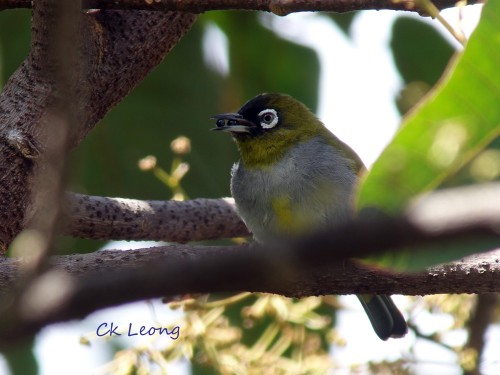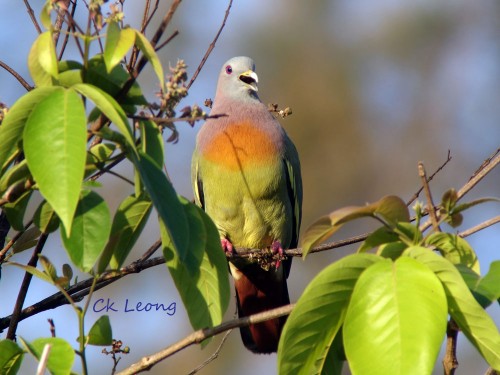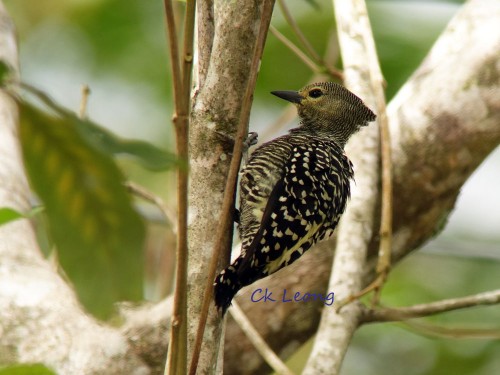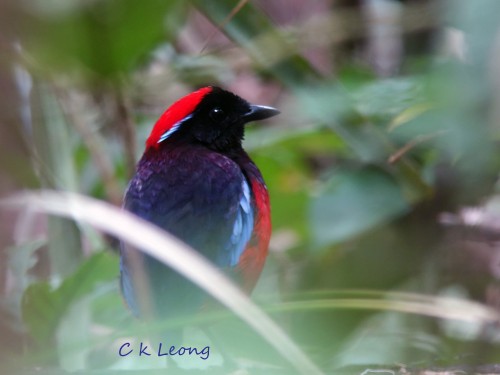Black-capped White-eye
Here’s a common resident of the mountains of Borneo and Sumatra. The Black-capped White-eye Zosterops atricapilla frequents the mid to upper storey of the montane forests. It moves around in pairs or small groups, feeding on invertebrates, fruits and nectar. It is usually in constant motion, with a repeated twittering call to stay in touch with the others in the flock.
 May 16, 2014
|
Posted by CK Leong
May 16, 2014
|
Posted by CK Leong

 Categories:
Categories: 




Recent Comments